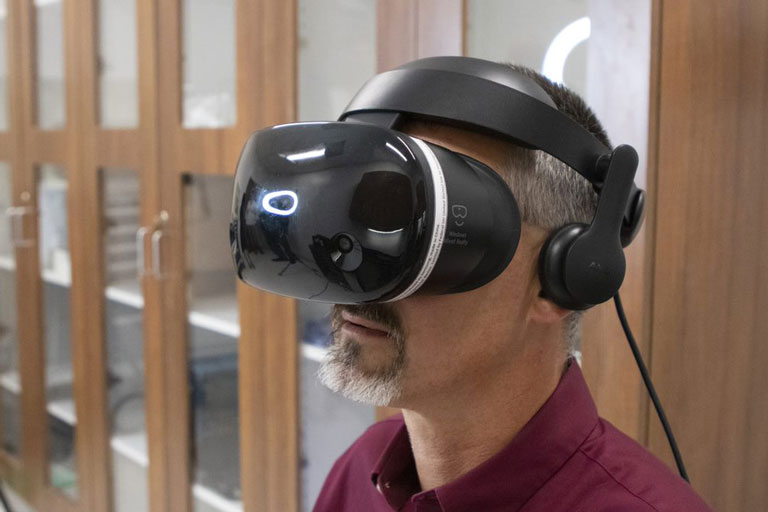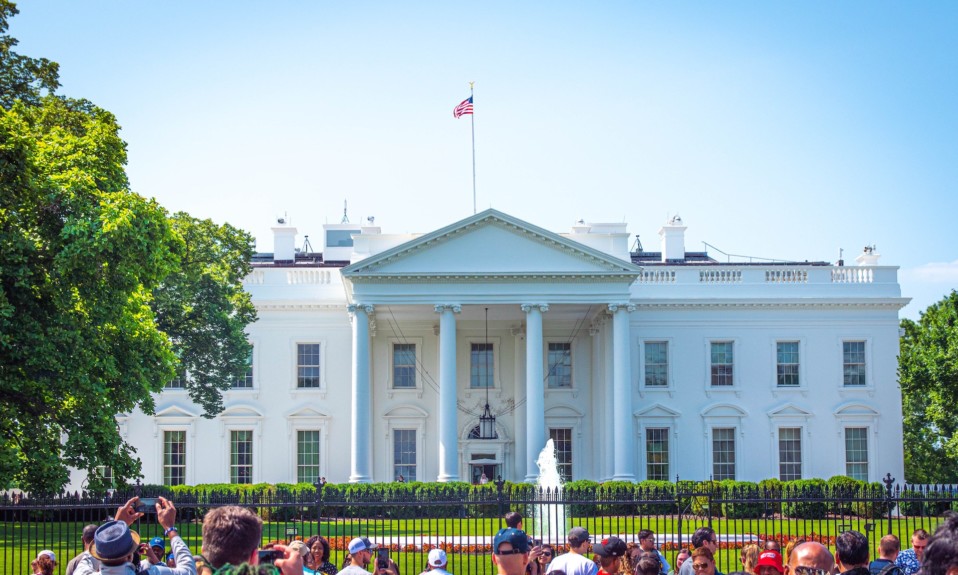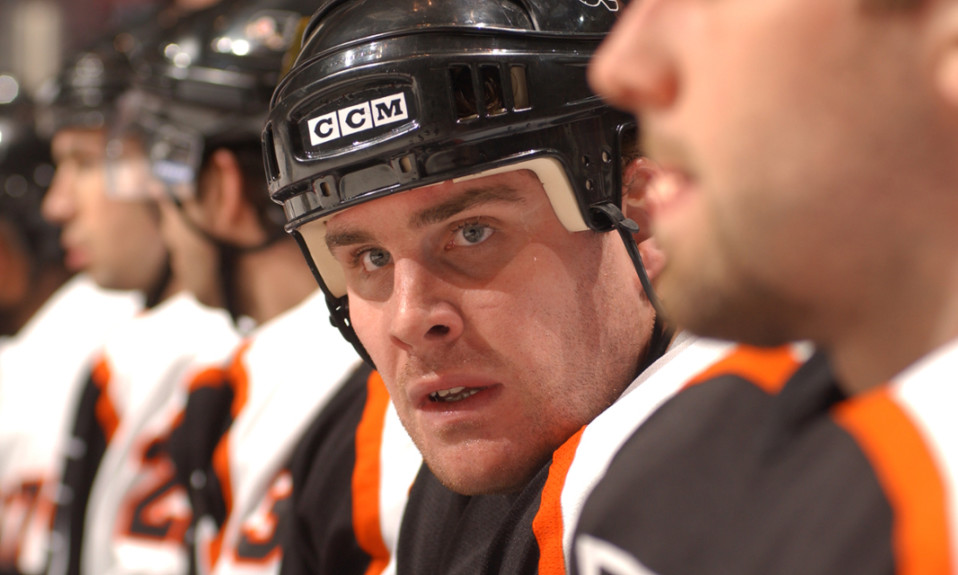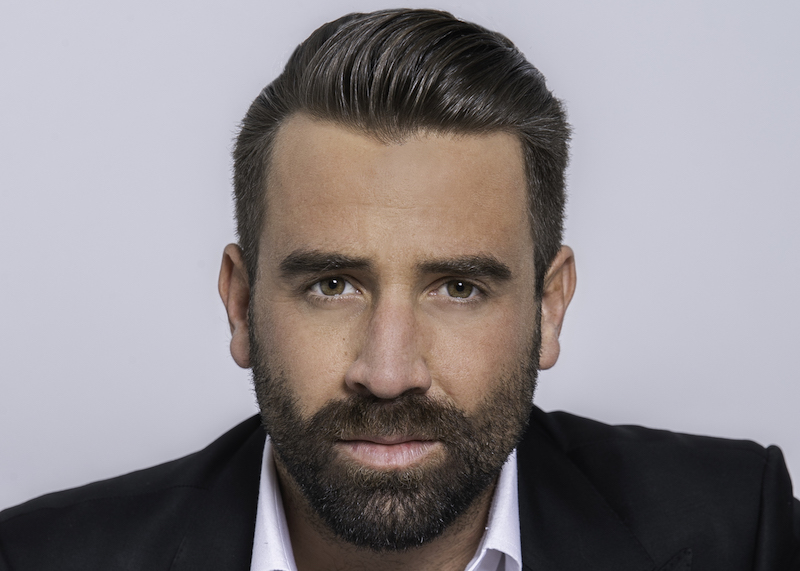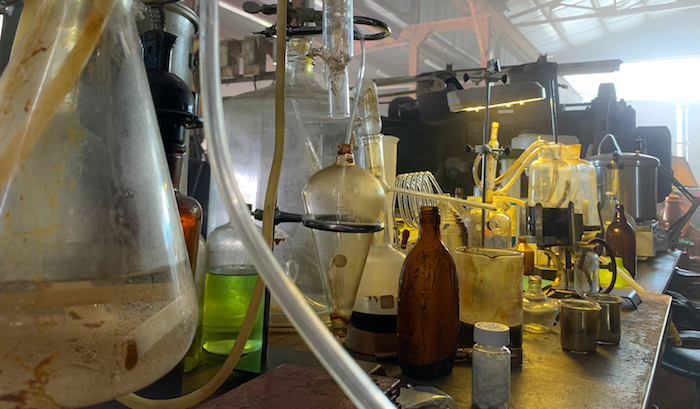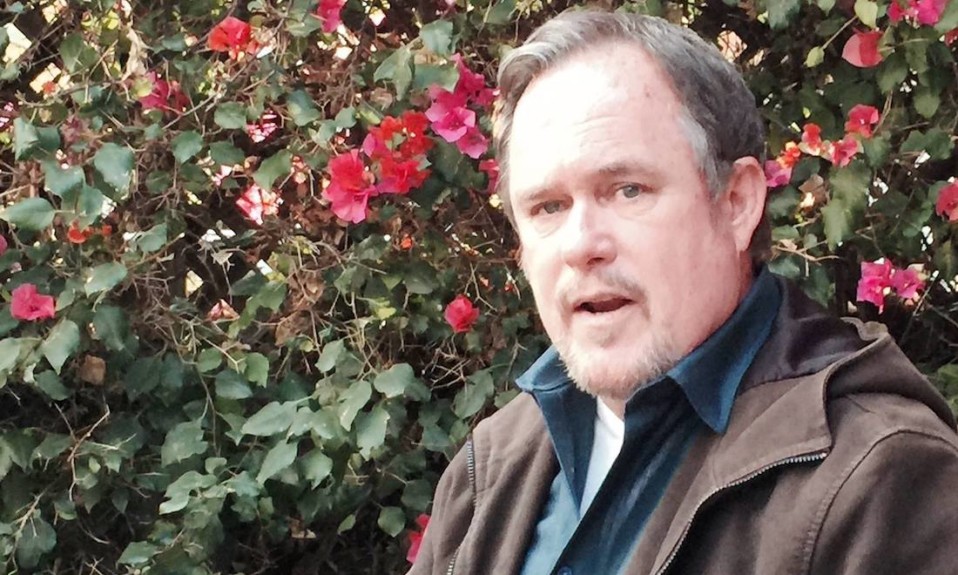| January 2007 |
| Most Regional Centers Now Run on the Florida Model, Which Led the Industry Out of its Dark Days
“Yeah, I was really the right guy for that job,” says Mullaney, with more than a little sarcasm. “I had hair down to my waist, telling kids to stay away from drugs and alcohol, and all the while I was smoking pot and tripping on LSD.” Sitting recently in his elegant North Palm Beach office, well coiffed and wearing a well-cut suit coat, Mullaney certainly doesn’t anymore resemble the man of his sometimes misspent youth. It is from here that he now oversees the clinical operations of his Behavioral Health of the Palm Beaches, BHOPB, a $15 million a year treatment operation that offers a blend of traditional inpatient primary care, combined with that unique blend of IOP and residential that has become widely known in the treatment industry as the Florida Model. From its beginnings as a humble outpatient operation in the late 1980s, BHOPB, which ventured into residential care about ten years ago, has grown into one of the region’s, indeed the nation’s, most successful treatment businesses, joining the scores of other similar South Florida treatment operations that have sprouted up in managed care’s brutal wake. The Go-Go Years Prior to managed care, the South Florida market for private treatment services, probably more than any other region, epitomized the industry’s 1980s go-go days, when then generous commercial payor reimbursement policies for substance abuse fueled a national boom in the private treatment business. Just like the hotels in the region, local treatment entrepreneurs, mostly recovering addicts, sold the sun and sand as way to entice addicts, largely from the Northeast, into treatment. Many dozens of treatment operations sprung up in South Florida. Most of them were concentrated in Palm Beach County, places like Anon-Anew, and very few avoided failure under managed care. Mullaney agrees that those really were the region’s, and the industry’s, Wild West days. “The marketing b The OHIP Pipeline In the late 1980s and very early 1990s, marketing agents for U.S. treatment centers, mostly representing South Florida centers, trolled the streets of Canadian cities like Toronto and Montreal looking for addicts that might want help. It was an ideal venue to search for clients, because not only was there a mini heroin epidemic in progress, especially in Toronto, but in Canada citizens also have universal health coverage backed by the best payor of all, governments. At one point in the early 1990s, places like Delray Beach’s Fair Oaks Hospital, now owned by Tenant but then linked to another addiction treatment operation by the same name in New Jersey, had most of its 50 or so beds filled by Canadian clients. “It really was a very large source of clientele,” recalls Chris Crosby, who now runs Delray Beach-based Watershed Treatment Programs. But when officials of the Ontario Hospitalization Insurance Plan, OHIP, the province’s state-run medical plan, found out the extent of cross-border addiction treatment flows, which caused a doubling of the plan’s total U.S. medical spending in 1990 to C$225 million, the “OHIP Pipeline” was quickly shut down. But not before the provincial government health minister resigned in the wake of revelations that one cocaine addict billed OHIP over C$500K for U.S. treatment in less than a year as he basically made U.S. centers his home for awhile. The shock OHIP felt when they saw their U.S. treatment bills was the same shock U.S. insurers began to feel in the late 1980s when they saw their own treatment bills, which put an end to the go-go era in South Florida and elsewhere. It was high quality South Florida operations like Hanley Hazelden, now the Hanley Center, that managed to survive, and eventually thrive, following the managed care era’s brutal addiction treatment cutbacks. By 1991, insurers accounted for less than 25 percent of treatment industry revenues, down sharply from over 40 percent in the mid-1980s and about 12 percent currently. Few of South Florida’s for-profit treatment centers survived the era’s huge cutbacks, and the region’s, as well as the nation’s, inpatient and residential treatment industry was for a while cast adrift. But to the rescue were to come the innovations of a few South Florida treatment entrepreneurs, people such as Michele Michael of the Wellness Resource Institute and the Renaissance Institute’s Sid Goodman, whose efforts were to help lead the treatment industry of South Florida, as well as that of the nation, out of its managed care induced gloom. A Regulatory Arbitrage
|


 Back in the 1970s, Don Mullaney was leading a colorful double existence, by day working for Rensselaer County in upstate New York teaching prevention in the schools, while partying very hardy at night.
Back in the 1970s, Don Mullaney was leading a colorful double existence, by day working for Rensselaer County in upstate New York teaching prevention in the schools, while partying very hardy at night. y the for-profits really was very aggressive,” he says, adding that some of the South Florida entrepreneurs of that time cut corners, which later on got them into trouble with authorities. Probably one of the best examples of the era’s aggressive marketing tactics occurred with efforts to get Canadians to head south for treatment of their addictive problems, which led to thousands arriving in South Florida for treatment…and gave a new meaning to the term Snow Bird.
y the for-profits really was very aggressive,” he says, adding that some of the South Florida entrepreneurs of that time cut corners, which later on got them into trouble with authorities. Probably one of the best examples of the era’s aggressive marketing tactics occurred with efforts to get Canadians to head south for treatment of their addictive problems, which led to thousands arriving in South Florida for treatment…and gave a new meaning to the term Snow Bird. Looking for ways to continue offering quality residential type care, local South Florida entrepreneurs began to search for innovative means to cut costs, as well as to create a model that might be highly profitable. Eventually what was developed was a solution that has now become widely known in the treatment industry as the Florida Model. Something a Wall Street analyst might refer to as a regulatory arbitrage, because it seeks to offer residential style care while remaining within treatment and regulatory cost structures that are more akin to intensive outpatient, the Florida Model in essence strips the residential and treatment components away from each other, putting them in separate compartments that can be more easily managed by the provider. It also reduces costs hugely, with local players like Palm Partners currently offering extended care services for as little as $6,000 a month. And along with the reduced prices for consumers have come healthy profits for the providers, also a result of the Florida Model’s lower regulatory cost structure. And with the Florida Model also came increased billing flexibility. Providers could, for example, bill insurance companies for intensive outpatient services, which they were more likely to pay for under managed care, while seeking to have the residential portion paid on a private pay basis. And as insurers became more familiar with the model, some began to reimburse for the service under partial hospitalization, which no doubt has become easier to do after the Florida Model was, in 2005, blessed by state regulators with its own “Day/Night” licensure category. But even as many Florida Model operations now derive most of their revenues from private pay, like the rest of the private treatment industry, there is no doubt that the Florida Model has become one of the most unqualified treatment success stories of the past ten years.
Looking for ways to continue offering quality residential type care, local South Florida entrepreneurs began to search for innovative means to cut costs, as well as to create a model that might be highly profitable. Eventually what was developed was a solution that has now become widely known in the treatment industry as the Florida Model. Something a Wall Street analyst might refer to as a regulatory arbitrage, because it seeks to offer residential style care while remaining within treatment and regulatory cost structures that are more akin to intensive outpatient, the Florida Model in essence strips the residential and treatment components away from each other, putting them in separate compartments that can be more easily managed by the provider. It also reduces costs hugely, with local players like Palm Partners currently offering extended care services for as little as $6,000 a month. And along with the reduced prices for consumers have come healthy profits for the providers, also a result of the Florida Model’s lower regulatory cost structure. And with the Florida Model also came increased billing flexibility. Providers could, for example, bill insurance companies for intensive outpatient services, which they were more likely to pay for under managed care, while seeking to have the residential portion paid on a private pay basis. And as insurers became more familiar with the model, some began to reimburse for the service under partial hospitalization, which no doubt has become easier to do after the Florida Model was, in 2005, blessed by state regulators with its own “Day/Night” licensure category. But even as many Florida Model operations now derive most of their revenues from private pay, like the rest of the private treatment industry, there is no doubt that the Florida Model has become one of the most unqualified treatment success stories of the past ten years. The model has attracted considerable investment in recent years, both of the portfolio and capital variety. Caron Foundation and CRC Health Corporation have both bought well known Florida Model operations in recent years, while wealthy recovering addict investors have also stepped up to the plate, purchasing facilities. And existing owners are investing heavily in capital expansions, including Lifeskills of Boca Raton, which is building a first class $5 million clinical and residential compound in Deerfield Beach. Currently leasing apartments and using office space in which its clinical operations are housed, Lifeskills’ new compound will centralize clinical and residential, and have a 40 bed capacity. BHOBP’s Don Mullaney is in the process of a major upgrade of his choice Palm Beach Shores property, which he uses for the part of his operation that is based on the Florida Model. While working as a consultant to South Florida treatment providers in the early 1990s, Mark Schottinger, now CEO of Alina Lodge, a leader in providing affordable care, saw the development of the Florida Model first hand. There is no doubt that what those entrepreneurs did at that time was highly innovative and very important for the treatment industry. With the Florida Model came what was really the first stirrings of renewed industry growth that helped lead us out of the darkest days of managed care.” TJ
The model has attracted considerable investment in recent years, both of the portfolio and capital variety. Caron Foundation and CRC Health Corporation have both bought well known Florida Model operations in recent years, while wealthy recovering addict investors have also stepped up to the plate, purchasing facilities. And existing owners are investing heavily in capital expansions, including Lifeskills of Boca Raton, which is building a first class $5 million clinical and residential compound in Deerfield Beach. Currently leasing apartments and using office space in which its clinical operations are housed, Lifeskills’ new compound will centralize clinical and residential, and have a 40 bed capacity. BHOBP’s Don Mullaney is in the process of a major upgrade of his choice Palm Beach Shores property, which he uses for the part of his operation that is based on the Florida Model. While working as a consultant to South Florida treatment providers in the early 1990s, Mark Schottinger, now CEO of Alina Lodge, a leader in providing affordable care, saw the development of the Florida Model first hand. There is no doubt that what those entrepreneurs did at that time was highly innovative and very important for the treatment industry. With the Florida Model came what was really the first stirrings of renewed industry growth that helped lead us out of the darkest days of managed care.” TJ


